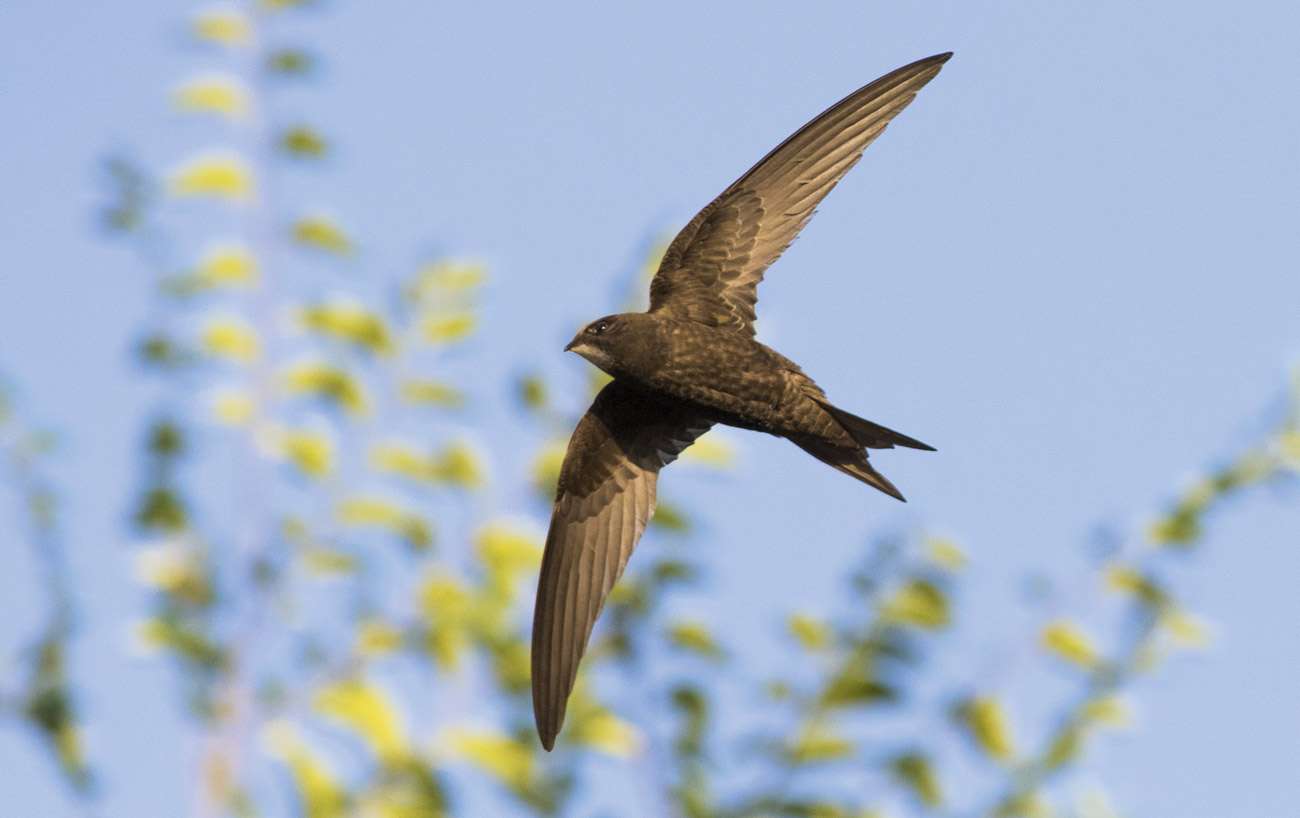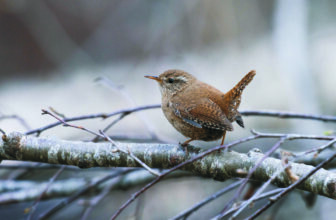
Kingfisher (Green list)
Red, red and amber, green, amber, red. Traffic lights! Oh no, not again. We are inundated with them around Cranleigh. What is going on?
Usually there is no apparent reason for this invasion – and no worker in sight to give an explanation.
Traffic lights appear and then – hurrah – they are gone. You think it’s all over – but a week or so later they are back in the same spot. Agghh!
Explanatory signs are rare but yellow diversion signs for all the road closures tell us where to go. Then they regularly disappear after a mile or two, leaving the perplexed wondering if they are still on the right route.
A particular nasty trick seems to be designed to ensure we won’t be warned of a road closure until we get there. So, for instance, you get all the way in to Ewhurst only to find the road out is shut and you have got to drive all the way back again for the detour.
But what should bother us more are the latest – and shocking – Birds of Conservation Concern’s red, amber and green ratings for the state of our nation’s birds.
Published by a coalition of the UK’s leading bird protection and monitoring organisations, it assessed 245 species and showed a worrying further decline in the status of our native birds since the last report in 2015.

As many as 70 species (29%) are now on the Red List of highest conservation priority and needing urgent action. That’s 34 species more than in 1996.
Red List criteria includes a severe decline of at least 50% in the UK breeding population, or breeding range, over the last 25 years.
The Amber List, decided on various worrying trend factors, has risen from 96 six years ago to 103. The Green List, including Robin, Blackbird and Blue Tit, stands at 72. So, nationally, 173 of 245 species (71%) are a cause for concern, and action.
So what’s the picture for us in the Cranleigh area? I know of 107 species reported in and around the village in 2021 which can be regarded as residents or annual visitors who either pass on passage, stay to breed or spend the winter.
Of these, 23 are on the Red List and 35 on the Amber List. That’s at least 58 species (54%) in our own backyard to be concerned about. Scary stuff.
The birds we so often take for granted now may not be with us in future years. At least three species I once saw annually in Cranleigh are now extinct in Surrey while three others are rarely encountered here by me or other birdwatchers I know.
Common Swifts and House Martins still decorate our summer skies and if we are lucky then Greenfinches still visit our garden but let’s watch out, they are among 11 species that have just moved from Amber to Red.

You might be surprised to know some of the species they have joined – birds we can thankfully still see regularly around the village such as Herring Gull, Starling, Mistle Thrush, House Sparrow, Linnet – and in the winter, Fieldfare and Redpoll.
There are birds you might not expect to be on the Amber List too: Greylag Goose, Mallard, Black-headed Gull, and Lesser Black-backed Gull.
These have now been joined by birds moving up from the Green List, including such local birds as Wood Pigeon, Moorhen, Tawny Owl, Sparrowhawk, Rook, Common Whitethroat, and even the Wren.
But let’s not leave the subject without a cautious celebration. Mute Swan and Kingfisher have moved from Amber to Green while the Red Listed Song Thrush, Redwing and Grey Wagtail have moved down to Amber.
Things could change though. As quickly as a traffic light. Even the green is no indication of safety. It only means ‘go on if the way is clear.’
For birds on the Green List there is no guaranteed safe passage ahead.
Last month’s article promised I’d update you on any late December additions to my 2021 garden list. Foul weather and dark days conspired to provide nothing new and I stayed on 68.
Twitter – @Crane_Spotter
Click here to see all of Robin Stride’s previous Crane Spotters.











